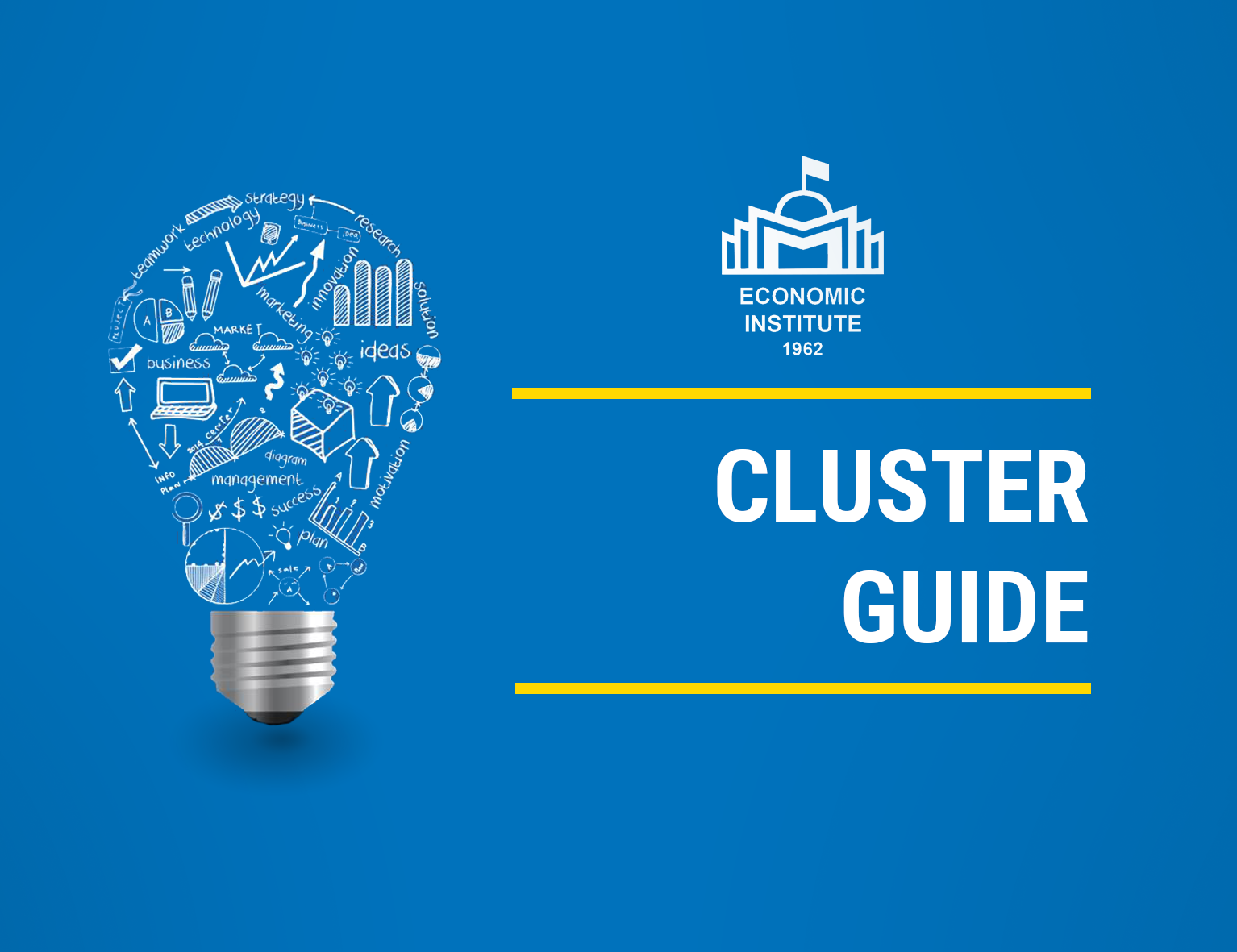#4 Cluster participants, their duties
Main participants of clusters -Core Businesses
The businesses are the lead participants in the cluster, they have distinctive, innovative character and are a force for creating shared values. Their duties in the cluster might differ by their geographic location (at the aimag, regional or national level), or their position in the certain stage of the cost chain.
Support Businesses
These are businesses that are directly and indirectly supporting the businesses at the core of the cluster. These may include suppliers of specialized machinery, components, raw materials; and service firms including finance/venture capital, lawyers, design, marketing and PR that provide indirect support to businesses.
Soft Support Infrastructure
In a high performance cluster, the businesses at the core and the support business do not work in isolation. Successful clusters have community wide involvement. Local schools, Universities, polytechnics, research institutes, centers, local trade and professional associations, economic development agencies and others support their activities and are key ingredients in a high performance cluster. The quality of this soft infrastructure, and the extent of teamwork within it, are keys determinants of the development of any cluster.
Hard Support Infrastructure
This is the supporting physical infrastructure: roads, ports, waste treatment, energy, power, water supply, dams, communication links etc. The quality of this infrastructure needs to at least match local destinations, and further, national or international.
These four separate elements in a cluster can be portrayed as circles, built around the core.

Source: Support to Cluster Development in Croatia: Cluster Development Handbook
The governments alone cannot develop clusters, but they can help to provide the business, innovative and institutional environments vital for cluster success.
“The government should have a high-profile role in the initial stages, such as guiding the cluster mapping process and in the final stages, such as leading public-private dialogue on policy and institutional bottlenecks that inhibit industry development and the business development.”




